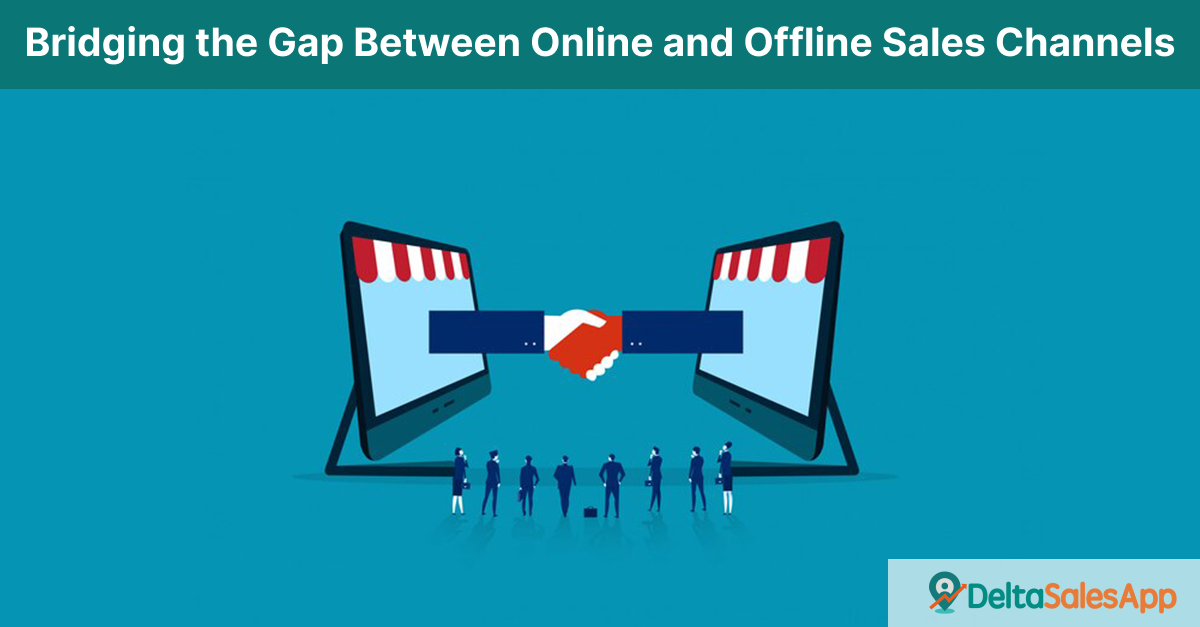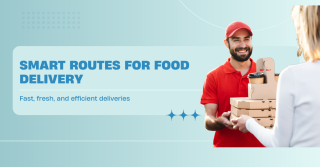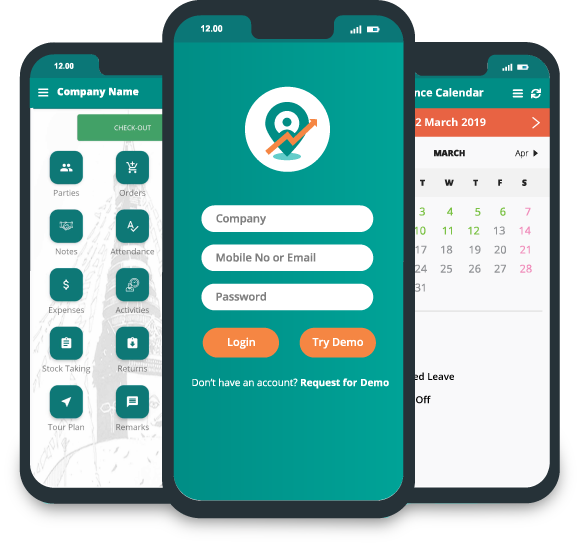Bridging The Gap Between Online And Offline Sales Channels

In the bustling world of modern commerce, it's not a matter of choosing between online or offline sales channels – businesses must effectively straddle the two. The clicks-and-mortar economy is no longer a buzzword; it's the new standard. With advancements in technology, consumers now shape their buying journeys based on convenience and experience, seamlessly transitioning between physical and digital environments. This shift presents a unique set of challenges and opportunities for businesses looking to stay competitive and relevant.
Introduction
Gone are the days when shopping meant a walk to the town’s market square. E-commerce has revolutionized the retail landscape, and digital transactions are now as routine as the weekly grocery run. However, not all is lost for the charm of physical stores and the tactile experience of picking out one's purchase. The future lies not in the dominance of one channel over the other but in the convergence of both, offering consumers not just what they want, but how and when they want it. It's a balancing act – a bridge that many companies are just beginning to construct.
Online Sales Channels
Online sales channels represent the epitome of convenience. Here, a website or app serves as the storefront, open 24/7 to a global audience. The inventory can be vast, search functionalities robust, and the ability to personalize offers uncanny. However, with this digital advantage comes a pitfall: the removal of the human element. The lack of a physical presence means finding new ways to build trust and connection with customers.
The World of E-Commerce Platforms
The e-commerce playground is vast, with a variety of platforms that cater to different business models and scales. Shopify, Magento, WooCommerce – these platforms offer a range of customizable options for businesses to set up shop with relative ease.
Advantages and Limitations
The low barrier to entry and the ability to scale quickly are perhaps the most significant advantages of e-commerce. However, cutthroat competition, high customer acquisition costs, and cart abandonment rates are the downsides that businesses grapple with daily. The key to overcoming these challenges lies in creating a unique and seamless customer experience from browsing to purchase.
Offline Sales Channels
On the flip side, we have the traditional brick-and-mortar stores – the origin of retail. They offer an experience that no digital platform can replicate entirely. The store is a tangible space where emotions can be evoked through visual merchandising, where one-on-one customer service can be the differentiator, and where brand loyalty often begins.
Benefits of Physical Presence
The physical storefront is an essential element for many companies. It serves as a branding medium, community hub, and an improvisational marketing space. It is a medium for sensory experiences and an anchor for a brand's identity.
Challenges in Integration
While each channel brings its suite of benefits, they also introduce a set of hurdles when trying to integrate the two. The difficulty lies in crafting a consistent brand image, managing inventory across several platforms, tracking orders efficiently, and providing a unified customer experience.
Data Synchronization
A particularly thorny issue in integration is ensuring that customer data is coherent across channels. Robust systems and meticulous workflows are needed to prevent the mishaps that can arise from data entry errors or delayed updates.
Customer Experience Consistency
One irksome experience for consumers is the disjointed approach to customer service. An issue that arises from an online purchase shouldn’t become the customer’s problem to solve when they visit a physical store – seamless support should be a given.
Strategies for Bridging the Gap
The answer lies in adopting an omnichannel strategy that treats all channels as one rather than cannibalizing one for the good of the other. This requires integrating backend systems, investing in technologies that can support omnichannel experiences, and tailoring marketing efforts to the individual consumer's cross-channel behavior.
Omnichannel Approach
An omnichannel approach syncs various sales and marketing channels, offering customers a cohesive experience with the brand. Whether they start their engagement online and finish in-store, or vice versa, the experience should feel like one continuous interaction.
Technology Integration
Choosing the right technology is vital in this marriage of channels. The spectrum is broad, from customer retention platforms to inventory management systems. Regardless, the tech investment must focus on data integrity and a speed of service that people have grown to expect in the on-demand digital world.
Personalization Efforts
An effective bridge would also require personalization at scale. Each customer ought to feel that the brand understands and values their preferences, regardless of where they’re shopping.
Conclusion
The future of sales channels lies in their integration. A seamless and integrated online experience is no longer a nice to have; it’s vital for survival in the competitive retail market. The digitally savvy customer expects convenience, personalization, and a bit of magic in their shopping experiences. For businesses, this means continuous innovation, robust infrastructure, and a commitment to an omnichannel strategy that blurs the lines between digital and physical. Retailers and brands that craft this bridge will not only survive in the evolving market but thrive, leading the way for the future of commerce.
In closing, the divide between online and offline sales channels is a challenge, but one with immense potential. Businesses that dare to build the bridge will not just capture sales but also the affection and loyalty of the modern consumer. The reward for minding this gap is a brand that transcends the transaction, becoming an integral part of the customer's lifestyle and experience









